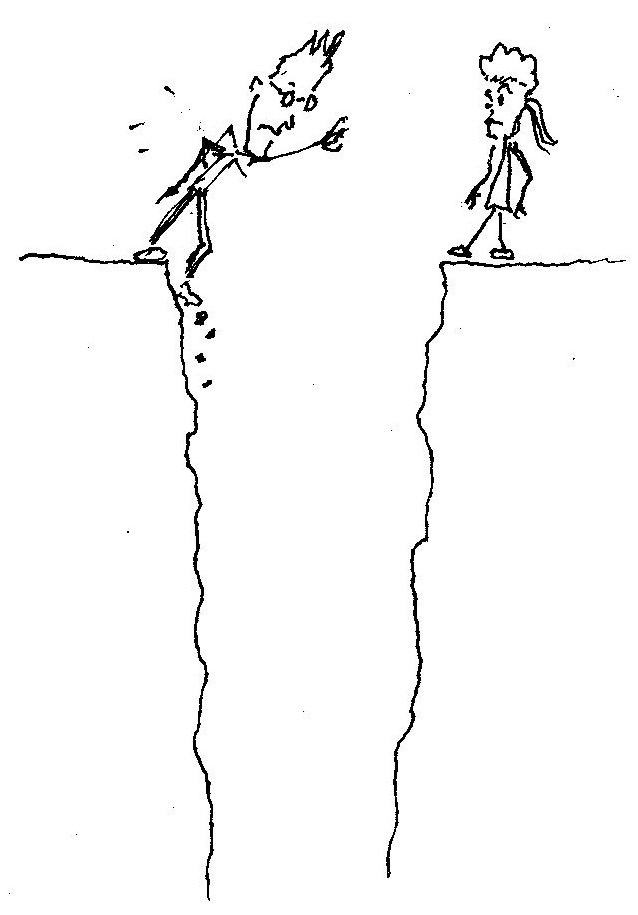The Perception Gap

In just about every situation – some of them hugely important to our success and happiness – we are judged by how we come across to people. The way people see us is what, for them, defines who we are: rightly or wrongly, perception is reality. But the scary fact is that the way we see ourselves and the way others perceive us can be hugely different. We may have great qualities, noble intentions, be thoroughly decent people, have done some splendid things; but unless these qualities are visible, unless we can communicate them through the impression that we convey of ourselves, they can easily go unnoticed or be open to interpretation. Being ‘open to interpretation’ means that, if we don’t express and project ourselves congruently and convincingly, people may get a distorted or wrong sense of who we are. They are unlikely to get the impression of us that we want, and will be left to make up their own minds about who we are and how they feel about us. This is particularly the case when meeting people for the first time, in that all-important moment of making a first impression; but even when we know someone well, the way we come over continues to have a strong influence on their perception and their emotional reaction to us.
We may be unaware of this Perception Gap because no one tells us. And if they do, we may not know what to do about it. Or we feel they’ve got an agenda, or a personal perspective we don’t agree with.
In order to bridge this perception gap, it’s not so much having a personality (because we all do!), but the ability to project that personality, that really counts. And doing it in a way that is authentic and congruent, with no sense of insincerity. This starts the moment you enter the room; you don’t have the luxury of being able to ‘warm up’ to it.
In much the same way that unconscious bias works, we can put people in a box the moment we set eyes on them, perhaps before they’ve even spoken, often because of some conscious or unconscious association we make between them and a past experience or belief system (e.g. are they ‘one of us’?). This can work at a very micro level. If someone has a limp handshake we may identify that as weakness, insincerity or being non-committal; or if they’re wearing an item of clothing that we associate with a certain type of person or behaviour, then this could predispose us towards them in a certain way.
The perception gap can have a negative impact on our presence, relationships, achievements, self-esteem and confidence. So it’s important to be aware of this phenomenon and to work hard to ensure that people’s perception of us is aligned with who we really are.
It’s unrealistic to try to eradicate this gap entirely, because everyone we meet will have an individual perspective on us. But with the right focus and understanding it is possible to reduce it and have greater self-awareness and control over the impact you make.
Self-awareness brings choice; and choice, if we know how to exercise it, brings confidence.
Try this...
Think about a time you felt someone 'put you in a box' for no apparent reason. How did you feel and how did you deal with it? Or the last time you ‘did it’ to someone else. What drove it, and what were the consequences of it? How long did it take to put right? It’s a revealing exercise, one worth trying. And the next time you meet someone, try 'taking a beat' before you judge them in any way, and make a conscious effort to suspend any negative associations or prejudices - and take them as you find them.
Unconditional Positive Regard
This is part of the practice of 'unconditional positive regard' pioneered by humanistic psychologist Carl Rogers. A useful mantra to get you into a positive mind-set in the heat of the moment is 'I'm OK, you're OK'. It's not always easy to do! It takes practice, but can bring huge benefits to any interaction you have with people.
If you are already in the habit of unconditional positive regard you'll know how powerful it is. If you're not, try it and see the effect it has, and how different it feels.

